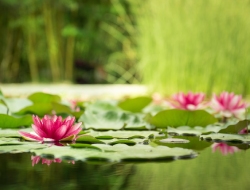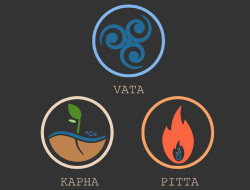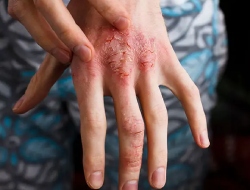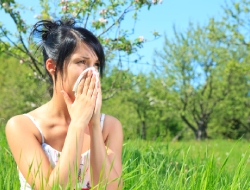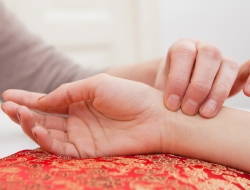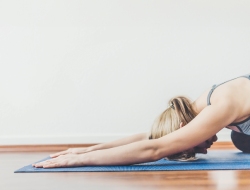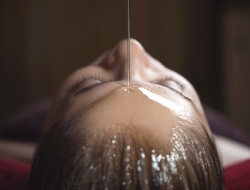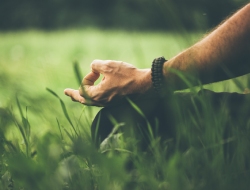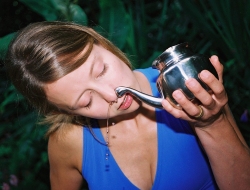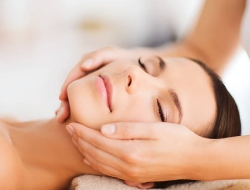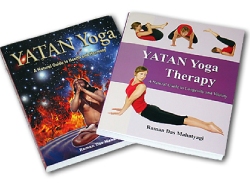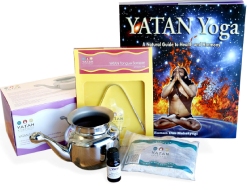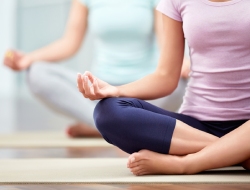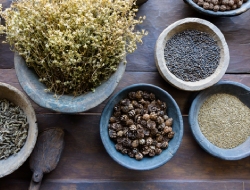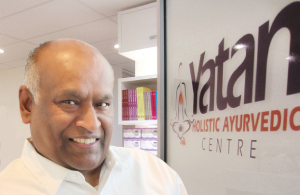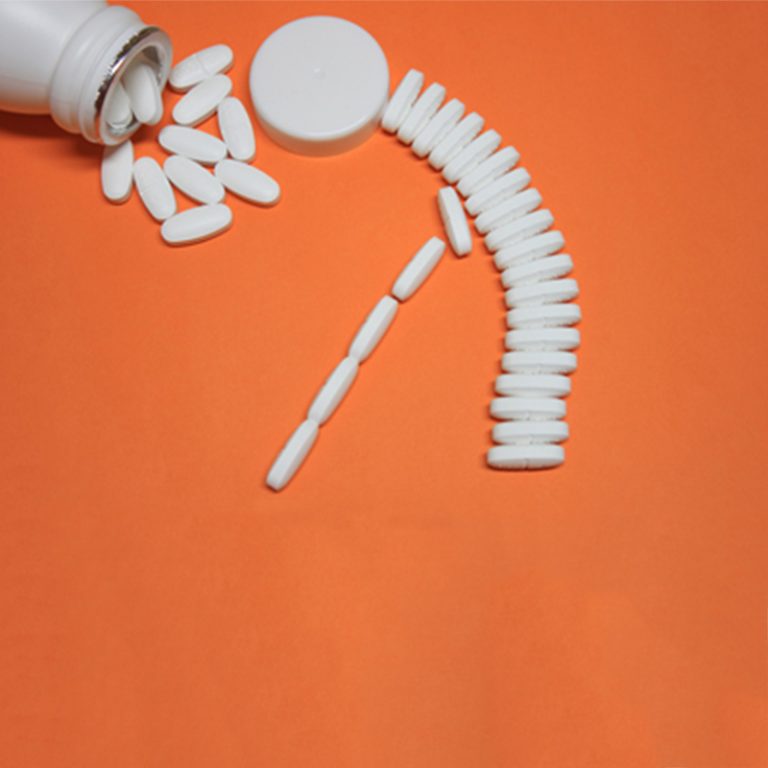Ayurvedic Treatment For Back Pain
The back is a highly complex structure consisting of bones, muscles, nerves and joints. Its very complexity makes it susceptible to a great variety of aches and pains, which may be experienced anywhere between the neck and the waist, and the exact cause of the pain is often difficult to pinpoint.
In the majority of cases it is caused by sprains, strains, minor injuries or an irritated nerve. Triggers include bad posture, lifting, carrying, pushing or pulling incorrectly, or other forms of overuse of the muscles or repetitive strain. A few of the risk factors which increase the chances of developing back pain are being overweight, being pregnant, nervous stress or depression, or long-term use of certain medications which are known to weaken the bones. In certain cases there may be an underlying medical condition such as a slipped disc or sciatica. or the lumbar vertebrae may be misaligned or lacking in support as a result of weak muscles or insufficient fat deposits between the vertebrae.
Mainstream medicine generally prescribes rest in all but the most severe cases, when surgery may be offered.
Ayurveda sees all pain as being associated with a disturbance of Vata. Any form of stress causes Vata to flood the affected area with wind, where it sticks in the nerves and prevents the proper circulation of messages. This wind originates in the digestive tract, primarily the large intestine. All the cranial nerves are automatically connected with the digestive tract, so any excess wind in that area can travel to back and cause an aggravation of Vata. Most of the medicines which Ayurveda uses to treat back pain are therefore concerned with balancing Vata, while others may be used to strengthen the vertebrae, ligaments, cartilage and nerves. The diet must be addressed to avoid foods which increase Vata – for example kidney beans or broad beans. Some gentle yogic exercises, used with care, can be very effective in releasing wind from the spinal cord. Another very useful treatment is Kati Basti, in which special warmed medicated oils are contained in a dough dam placed over the affected area. The warm oils penetrate the skin and lubricate the nerves from inside.
Ayurveda makes no use of x-rays or other technology but an experienced practitioner can, through observation of individual symptoms, whether systemic or localized, devise an effective treatment program. As is always the case in Ayurvedic treatment, no two cases are treated in the same way as even when the symptoms appear identical the underlying imbalances vary from one person to the next.
If you suffer from this most common of ailments book your consultation without delay at the Yatan Holistic Ayurvedic Centre on 1300 552 260.
Next Time:- Ayurvedic Treatment For Neck Pain

*Discover holistic healing with a complimentary phone or video consultation from our expert Ayurvedic practitioner. Start your path to better health today!*
